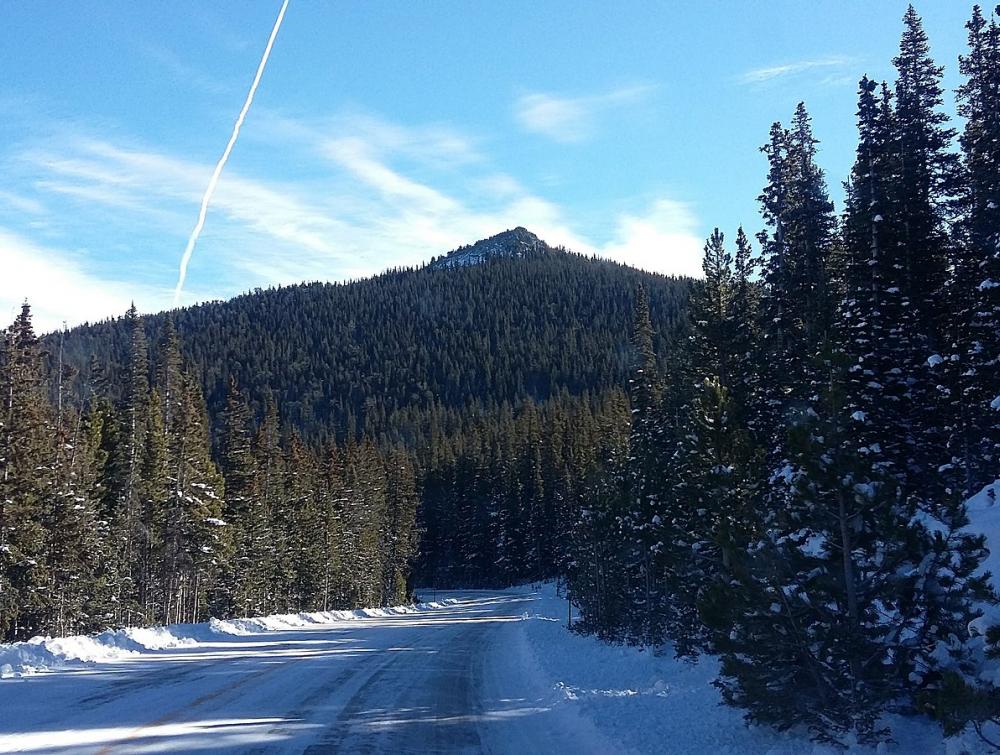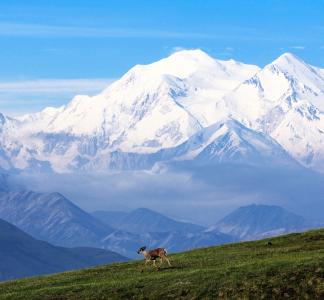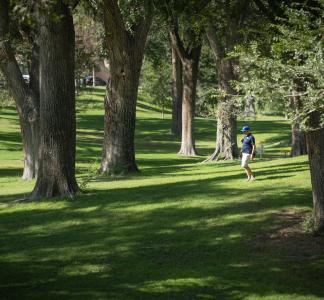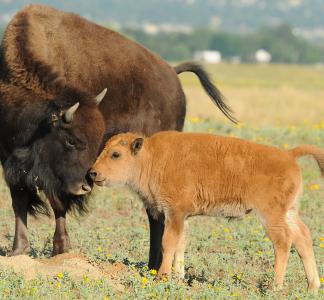Movement to change racist names on public lands moves forward

Mestaa’ėhehe Mountain in Colorado was named with an anti-Indigenous slur until the state voted to rename it last year.
Wikimedia Commons
Interior takes steps to rename mountains, rivers and other sites
There are thousands of offensive and derogatory place names on federal public lands. From misogynistic slurs to reminders of racial violence, these names perpetuate a history of colonization and oppression. The following map shows the highest concentrations of offensive place names in the United States.
In an effort to begin addressing this problem, U.S. Secretary of Interior Deb Haaland recently banned one particular anti-Indigenous and derogatory term from public lands. The removal of this pervasive term is an important step towards making public lands welcoming and inclusive to all people. The following interactive map shows all the places that the Department of Interior is renaming through this action—more than 650 geographic features in all. Place your cursor over the red points to see the replacement names that are up for consideration.
For more information on how to change offensive place names nearest you, please download our free "Guide to Changing Racist and Offensive Place Names in the United States." It summarizes the scope of the problem, outlines which place names can be changed and provides a step-by-step manual on the renaming process.



